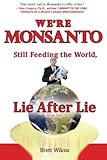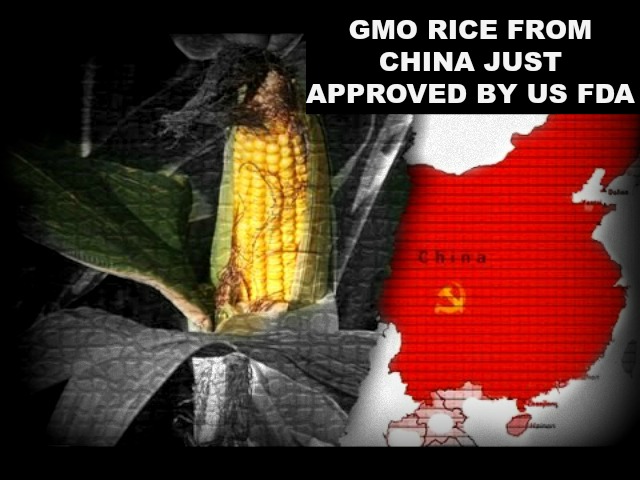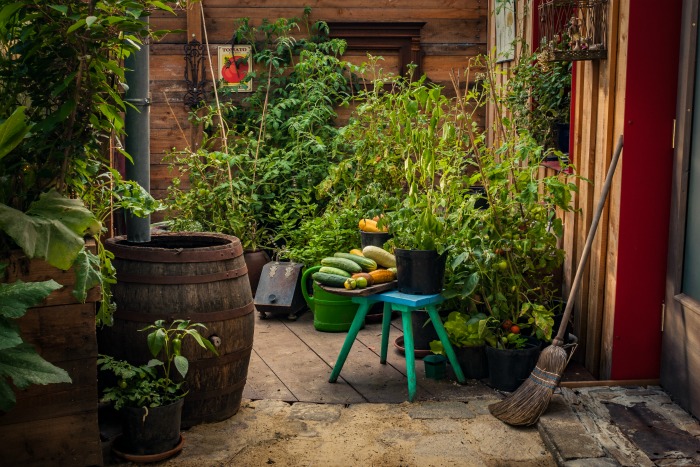Monsanto Trying To Hide GMO Foods Under The Term “Biofortified”
By Heather Callaghan, Editor
Do genetically engineered crops and their pesticides make you think of the term “biofortified”? Chances are, the term biofortified makes you think of vitamins in kids’ cereals.
Mega corporations are no strangers to propaganda and public relations. Did you know that much of our non-organic crops are grown with human sewage sludge? No? That’s because the practice is called “biosolids” to keep you in the dark. You are probably aware of the sneaky disguises that sweeteners like aspartame and high fructose corn syrup were attempted to be concealed in. (“Corn sugar,” anyone?)
There are no power grabs out of reach for Monsanto – they are now attempting the most ridiculous propaganda scheme of all. They are attempting to manipulate definitions under Codex Alimentarius that would allow GMOs to fall under the classification of “biofortified” foods.
Codex is a collection of guidelines, codes and other recommendations relating to foods, food production, and food safety – that were created under the UN’s Food and Agriculture Organization. If you are thinking this is arbitrary and wondering why our country should pay any attention to such guidelines, you are heading in the right direction… In the late 1990s, consumers feared that their vitamins and supplements would move to prescription-only under Codex guidelines.
According to National Health Federation (The NHF is the only natural health advocate that gets a seat at Codex, by the way!):
It all started out innocently enough several Codex Nutrition committee meetings ago when an international nongovernmental organization (INGO) named the International Food Policy Research Institute (IFPRI) (and sponsored by Harvest Plus) had one of its country contacts introduce a proposed new work at Codex. (Only member countries may introduce new work at Codex, not INGOs.) Harvest Plus’ method of increasing certain vitamin and mineral content of basic food crops consists of the time-honored, conventional way of cross-breeding, not genetic engineering. Harvest Plus, for example, will increase the vitamin or iron content of sweet potatoes so that malnourished populations in developing nations will receive better nutrition.The new work at the Codex Alimentarius Commission’s Codex Committee on Nutrition and Foods for Special Dietary Uses (CCNFSDU) was simple: Craft a definition for Biofortification. That definition could then be used uniformly around the World to apply to those foods conventionally fortified with higher levels of nutrients and everyone would be on the same page whenever the term “biofortified” was used. Indeed, the National Health Federation (NHF) was an early supporter at Codex of this definition.
Poisoned in the Womb
This year’s CCNFSDU meeting – hosted by the German Health Ministry in Berlin, Germany the first full week of December 2017 – witnessed a lively debate about not only how to define Biofortification but also whether or not the very word “Biofortification” should be used at all. However, this was not the beginning of the debate. The NHF had two delegates there.At the 2016 CCNFSDU meeting, the Chairwoman Pia Noble (married to a former Bayer executive) had started off the Biofortification-definition discussion by giving her incorrect personal opinion that the definition should be as broad as possible and that recombinant technology should be included. Her statement, though, directly contradicted Australia’s admission at the 2015 meeting that if the Committee were to refer to the original 2012 document on the scope of Biofortification, we would see that Biofortification only refers to conventional breeding and so we should clearly exclude GM techniques. At last year’s CCNFSDU meeting, however, Australia was silent on the issue.In other words, the original mandate for creating the Biofortification definition was that it was to be defined as a process by which the nutritional quality of food crops is improved through conventional plant breeding with the aim of making the nutrients bioavailable after digestion. Not surprisingly, though, soon enough, the Monsanto minions got their grubby little hands on the definition through influence peddling with Codex delegates and the Chairwoman, and the definition began changing into one that would include genetically modified “biofortified” foods. So, the battle is on at Codex as to whether or not GM foods will be included within the definition of Biofortification. I am sure that Monsanto would be thrilled to be able to market its synthetic products under a name that began with the word “Bio.”
As of 2017, the definition of “biofortification” – including GMOs – under Codex has morphed into:
…the process whereby any nutrients or related substances of all potential source organisms (e.g. animal, plant, fungi, yeasts, bacteria)of]/[and] foods are increased by a measurable level [and/or] become more bioavailable for the intended purposes. The process applies to any method of production [and excludes conventional fortification].” [footnotes excluded]
Not only is the term “biofortified” for GMO foods confusing here in the U.S., but in European countries the prefix, bio, is used to denote “organic.”
NHF took opposition with the term biofortified falling under these vague parts of the definition:
- ‘all potential source organisms’
- ‘The process applies to any method of production’ and
- Footnote 4 (‘Method of production should be determined by National/regional authority’)
Dr. Noble retired, so hopefully her “heavy-handed” and crafty tactics of dictating the meeting to get the term biofortification to apply to GMOs will have left with her.
According to NHF,
Monsanto’s attempt was recognized by many delegates for what it was and denounced in the meeting. The fight, however, will carry over to next year’s meeting to be held in Berlin in November 2018. And that meeting will be chaired by the Committee’s new chairwoman, Ms. Marie-Luise Trebes.
As always, Big Biotech will be back to try again.
To be privy to the backstory and even drama that went on these meetings, hop on over to the National Health Federation!
This article (Monsanto Trying To Hide GMO Foods Under the Term “Biofortified”) was created by and appeared first at Natural Blaze. It can be reshared with attribution but MUST include link to homepage, bio, intact links and this message.
 Heather Callaghan is a Health Mentor, Energy Healer, writer, speaker and food freedom advocate. She is the Editor and co-founder of NaturalBlaze as well as a certified Self-Referencing IITM Practitioner.
Heather Callaghan is a Health Mentor, Energy Healer, writer, speaker and food freedom advocate. She is the Editor and co-founder of NaturalBlaze as well as a certified Self-Referencing IITM Practitioner.
Get a nifty FREE eBook – Like at Facebook, Twitter and Instagram






